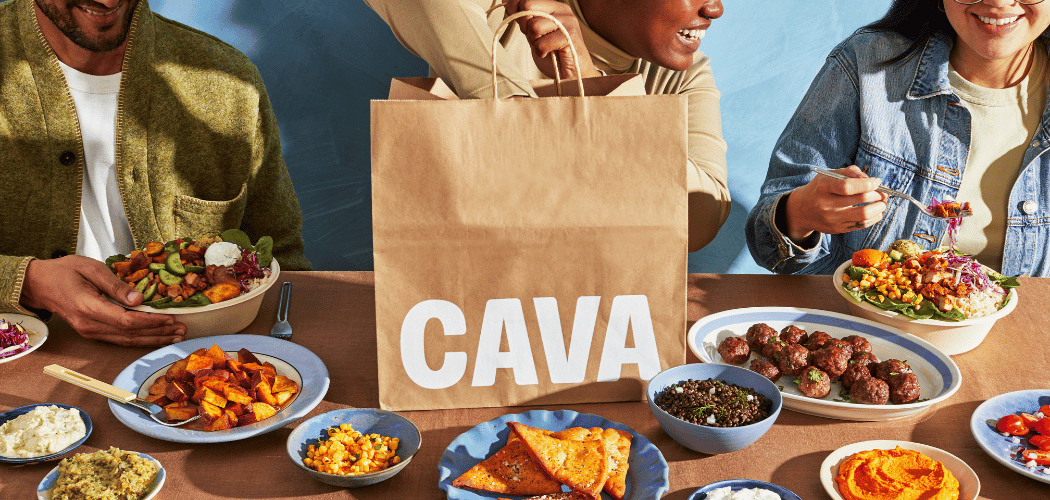By Jeff Miller, Director of Marketing, OceanX
This article is republished courtesy of RetailWire. Click here to read the full discussion...
The subscription economy continues to grow and innovate. Many people peg its growth to huge subscription-based digital businesses like Netflix, Spotify and Adobe. However, the subscription retail space is also evolving at a rapid pace. The most common retail companies referenced are:
- Original disruptors like Birchbox, LootCrate and Dollar Shave Club;
- Recent innovators like Stitch Fix, IPSY and Blue Apron;
- Media companies like Popsugar and Allure;
- Amazon with Prime, Wardrobe and its subscription section, which started as digital-only and will now expand to physical boxes.
Another trend, however, is emerging under the radar — the launching of subscription programs from large brands and omnichannel retailers. Adidas, Sephora, Gap and Under Armour are joining the game along with existing beauty and sample subscription programs from Walmart, Target and Amazon.
Adidas with its Avenue A program targets a growing niche for female athletes with a quarterly curated box of higher end products, ranging from shoes to apparel. The Play by Sephora box is a beauty assortment, similar to Birchbox and IPSY, that has an additional goal of driving subscribers to exclusive in-store and digital experiences as a membership benefit.
Gap is now starting to promote a customized and curated subscription program it launched quietly earlier this year for baby apparel, with curation that grows with the baby. Under Armour is positioning its ArmourBox as having “exactly what you need to perform better, look better, feel better. All in one box.”
What is driving these new subscription initiatives? The promise of recurring revenue and an ongoing connection to the consumer are obvious motivations. Brands and retailers also have an incentive as public companies to show the Street that they are part of the recurring revenue financial world. In the era of Amazon retail dominance, a subscription channel can do even more in creating a real sense of community and belonging that is missing across much of retail.
Discussion Questions: What do you see as the key motivators for large retailers and brands launching subscription channels? Which of those currently available do you think has the best chance of long-term success and why?
Comments from the RetailWire BrainTrust:
I think subscription-based programs are smart when done correctly. For the retailer, it’s a natural brand loyalty program and is profitable. The secret, of course, is creating a program that the customer is going to like and will continue their subscription. The article references the early starters like Netflix, Spotify and Adobe. Each one of these companies created a business subscription program that was and still is a “must-have.” Retailers who go this route have to be creative themselves coming up with subscription program concepts that are not only attractively priced but are so good it too becomes a “must-have” for the customer. It can’t be another of the same and has to be different. Do that and I see this concept being a big win.
Art Suriano, Chief Executive Officer, The TSi Company
There’s a huge difference between an Adobe software subscription and a physical product subscription. Retail is far trickier. Either the subscription has to do with replenishment, like Dollar Shave Club, or discovery, like Adidas. Both require extremely good customer understanding to not crash and burn from replenishing too fast/slow or misreading customer cues as to what products are delightful, respectively.
I definitely see a strong potential in subscription growth as people look to create simplicity in their lives and offload thinking/decision-making. However, for every successful initiative, there will be multiples of failed attempts and even for those that get it right, there is often a lifespan until consumers get bored or enticed by a newcomer.
Ken Lonyai, Consultant, Strategist, Tech Innovator, UX Evangelist
Surprise, excitement, the dopamine thrill of “discovery shopping” delivered in a box. An emotional “fix” in a pressurized world. A happy “cocktail of diversion” delivered without fail, right to your door. Retailers who get this right, win … and win big.
Retailers, who do not get it right, create “angst” for their customers with each delivery. A subscription service holds the opportunity for an emotional, personal engagement with each customer. Screw it up, risk losing a customer for life!
Cynthia Holcomb, Founder | CEO, Prefeye - Preference Science Technologies Inc.
Retailers entering into the subscription model certainly understand the benefits and potential revenue lifts by taking advantage of this channel. However, as it pertains to fashion and trendy products, it will take quite a bit of trial and error and experimentation to get it right. In fashion apparel it has worked with a very exclusive affluent customer, and that was a very personalized concierge-like experience which existed well before the digital age.
Beauty is the best subscription-based model to hedge your bets on. The driving factor here is strong loyalty to brands such as Sephora and Ulta, but also that this is an arena where innovation and new product offerings could be offered within the subscription model. It is all driven by analytics, which helps to provide the personalization, customization and uniqueness that consumers are expecting.
Brandon Rael, VP Retail Strategy & Operations, Strategy Consulting
These are great loyalty programs, however how much “stuff” can a consumer accumulate each month? I’m thinking more about the apparel and other semi-long-life goods retailers/manufacturers. Food stores? Sure, they could do this. Beauty supply? Yep! However, to maintain this long-term, I would look at truly consumable goods and perhaps expand the apparel stores’ assortments to include these consumables.
Ralph Jacobson, Global Retail & CPG Sales Strategist, IBM
Read the entire RetailWire discussion:
https://goo.gl/xSWRZa




